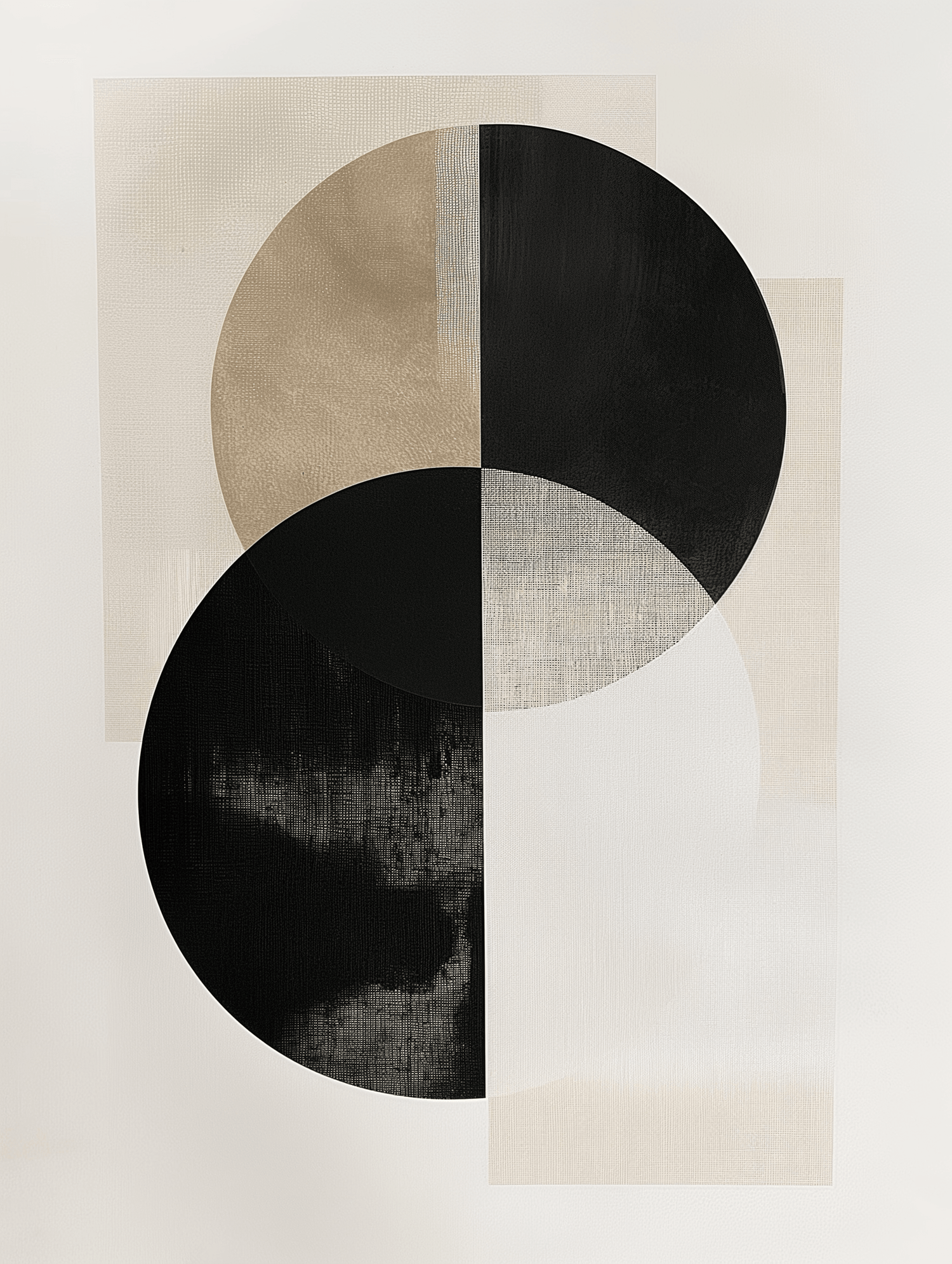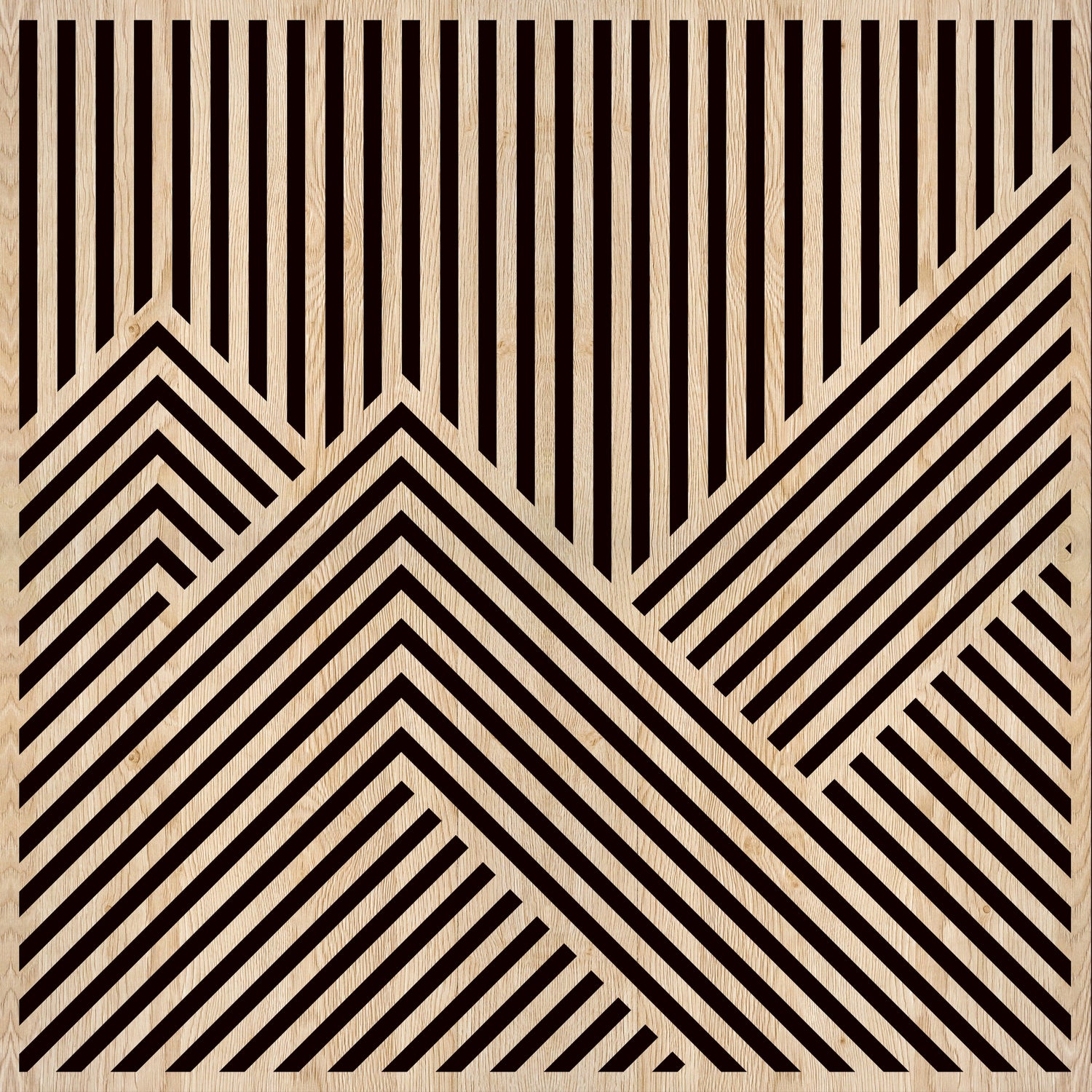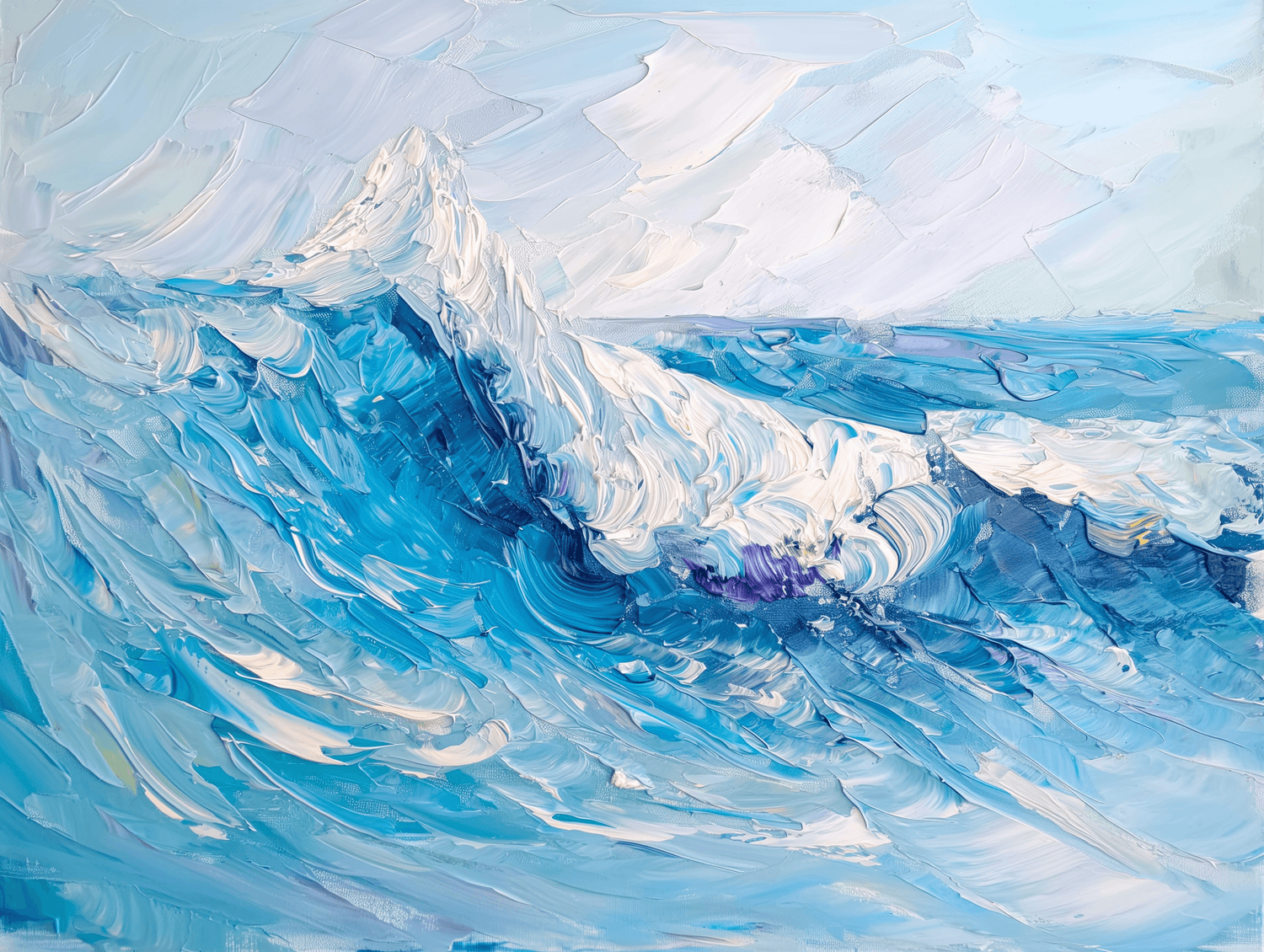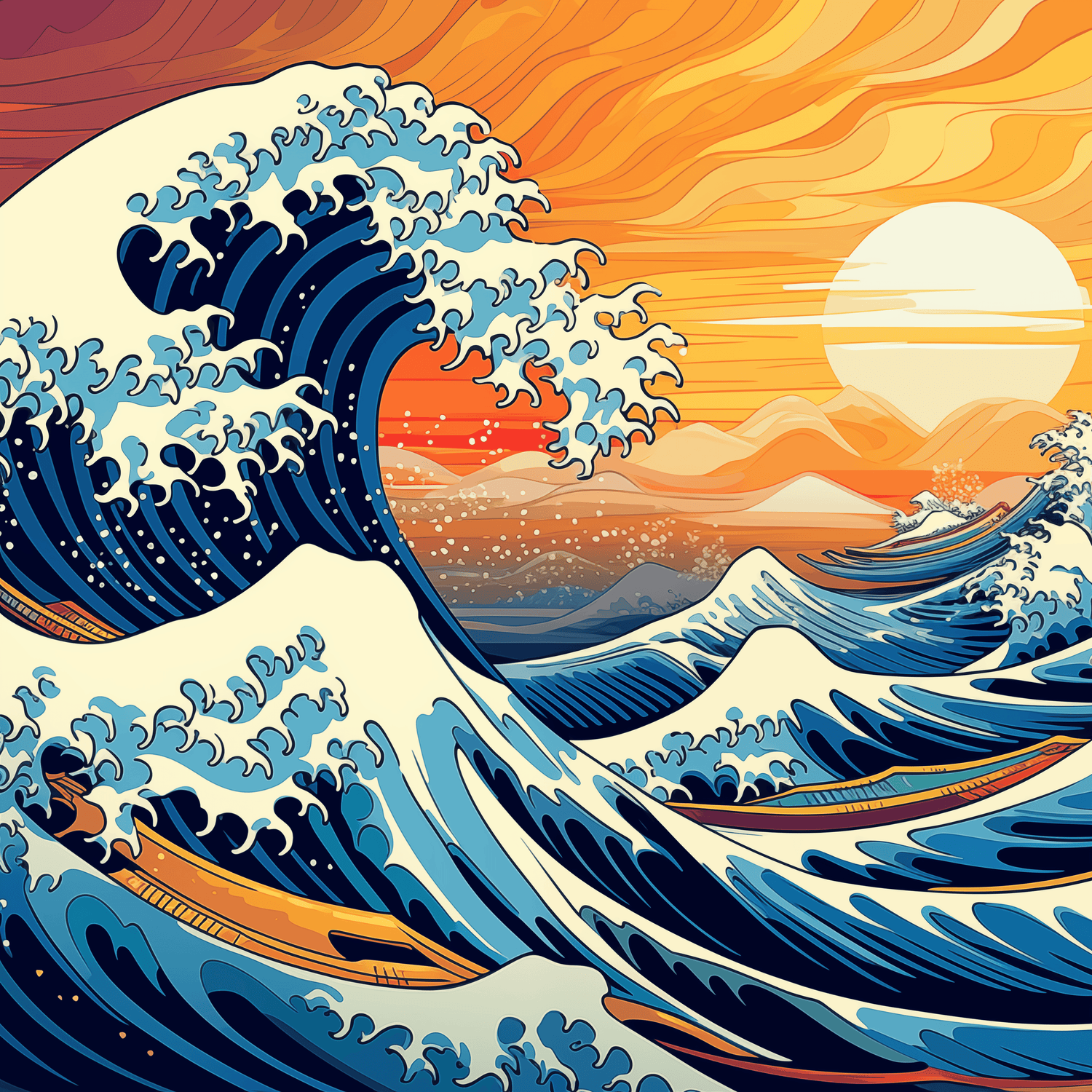Introduction
Baroque art is one of the most intense and spectacular expressions in the history of painting. Born in the 17th century, this movement is characterized by its dynamism, contrasts of light and shadow, and the search for an immediate emotional impact on the viewer. Artists such as Caravaggio, Rubens, and Velázquez revolutionized the way of representing reality, creating works that almost seem to emerge from the canvas.
The Main Characteristics of Baroque Art
Baroque art is distinguished by some fundamental elements:
- Chiaroscuro and light contrasts : The undisputed master of this technique was Caravaggio, who with his use of tenebrism created dramatic and theatrical effects.
- Movement and dynamism : Baroque compositions are full of energy, with figures in complex poses and bold perspectives.
- Emotion and theatricality : Baroque paintings tell stories with pathos, engaging the viewer in an intense narrative.
- Splendor and decoration : In Catholic countries, Baroque art became the main instrument of the Counter-Reformation, with richly decorated churches and paintings of great scenic impact.
The Great Masters of the Baroque
Caravaggio: The Pioneer of Visual Drama
Michelangelo Merisi da Caravaggio was the genius who revolutionized painting with his crude realism and contrast between light and shadow. Works such as The Calling of Saint Matthew and Judith and Holofernes demonstrate his talent for making scenes almost theatrical, with figures illuminated by dramatic beams of light.
Peter Paul Rubens: The Excess of Color and Movement
Rubens embodies the most sumptuous and dynamic side of the Baroque. His paintings, characterized by intense colors and voluminous figures , convey energy and sensuality. Works such as The Three Graces and The Descent from the Cross show his masterful use of color and composition.
Diego Velázquez: The Master of Psychological Depth
Velázquez took baroque art to a more refined and realistic level. His masterpiece Las Meninas is a perfect example of the play of perspective and light , with a psychological depth that anticipates modern painting.
The Impact of Baroque Art
Baroque art profoundly influenced the painting of the following centuries. Its use of chiaroscuro inspired Romanticism, while its dynamism found an echo in Expressionism. Even today, the theatricality and emotional intensity of Baroque works continue to captivate and fascinate audiences.
The Material Reproduction of Baroque Works
Materico enhances baroque works through 3D technology , which allows to replicate the relief of brush strokes and the depth of chiaroscuro. The reproduction of a painting by Caravaggio or Rubens with the three-dimensional effect of Materico restores the same emotional intensity of the original, making every detail even more alive.
Conclusion
Baroque art is a celebration of movement, light and emotion. Thanks to its ability to involve the viewer, it remains one of the most fascinating pictorial eras in history. With Materico's artistic reproductions, you can bring the grandeur of this style directly into your home, transforming every room into a small art gallery.
What is Materico?
Materico.it is an e-commerce specialized in artistic reproduction with 3D effect. Our works faithfully reproduce the texture of the original brush strokes, offering a unique visual and tactile experience. With over 360 paintings available, Materico combines Made in Italy craftsmanship and technological innovation , to bring the beauty of art into the homes of all enthusiasts.









